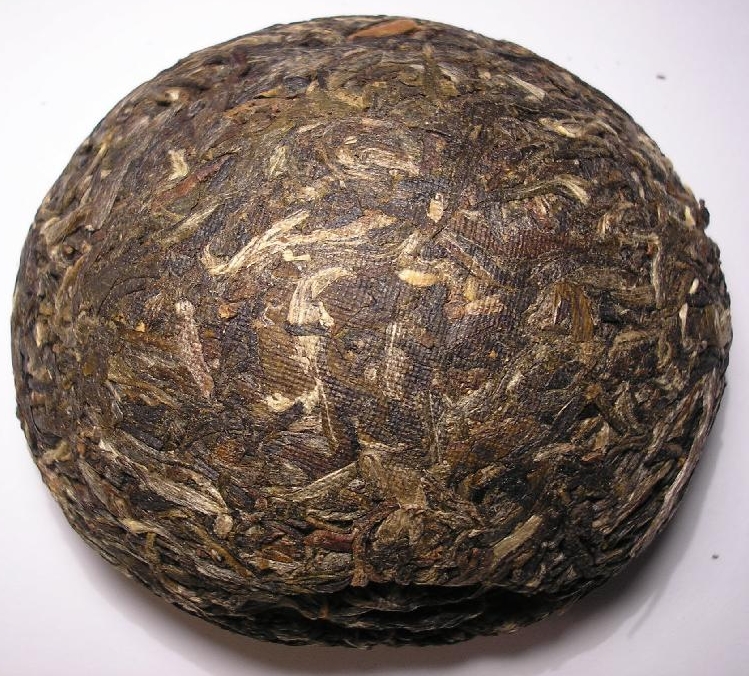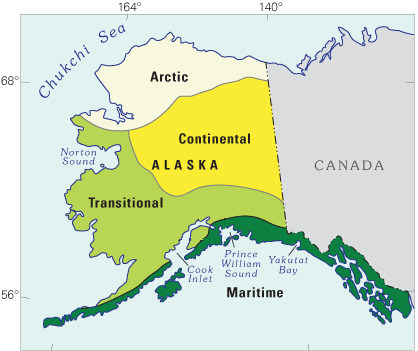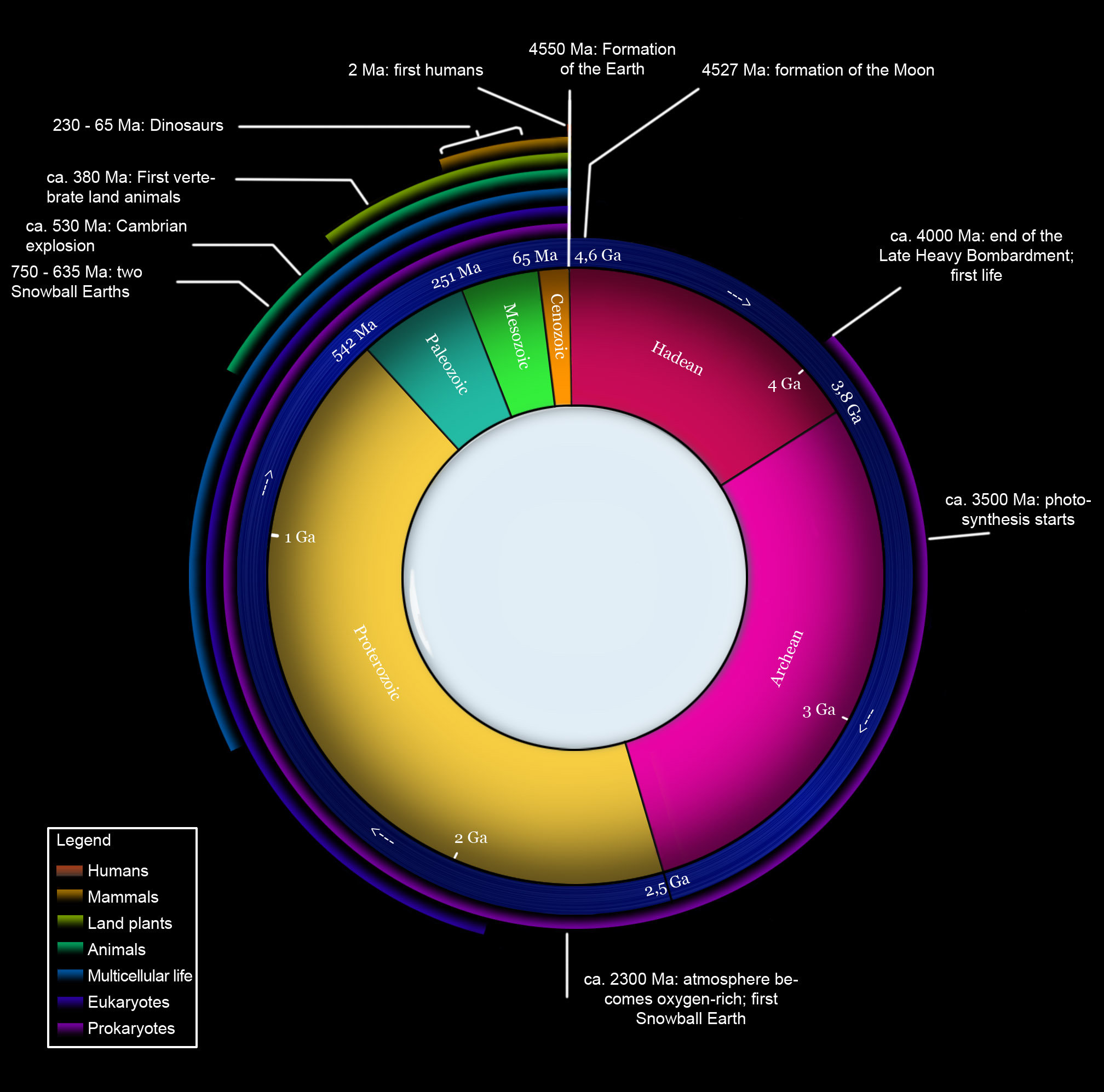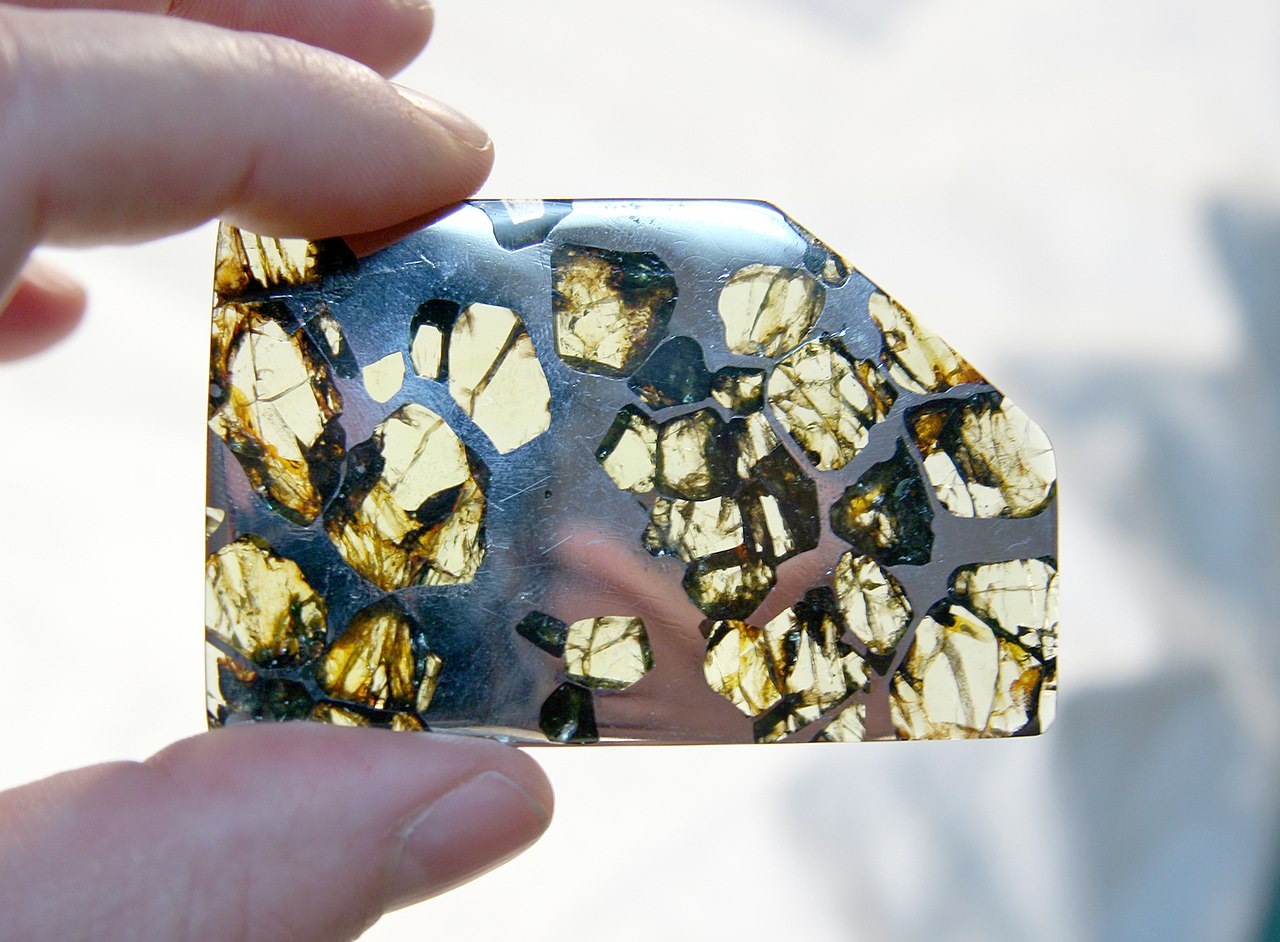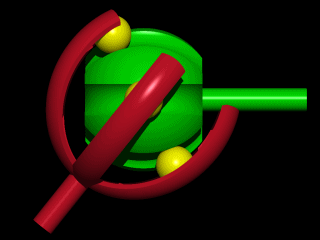Part 1 TEA
Overview 1
Green -energetic as the youth
Oolong -reserved and mature as a middle aged man
Black Tea - Maternal love
Pur-erh- incarnation of a wise old man with a lot of stories
Production of Tea
harvesting -plucking tender leaves. Most tea is from buds. Oolong is full leaf
withering - partial dehydration of fresh leaves (Green tea does not require withering or fermentation)
fermentation- Using air to stimulate oxidation (oolong varying levels, black tea 100%)
fixation - using high temperature to kill leaf cells and terminate fermentation
rolling - rupturing cell walls and shaping leaves (green tea lightly rolled, black heavily rolled. Oolong any way)
drying- removing excess moisture via steaming - stabilizes the key properties such as flavor
scenting/ rolling - causing leaves to absorb a floral fragrance-properties of a flower
Roasting -using fire to dry roast the leaves - heavier , more mature -- rock tea (oolong) is heavily roasted
Tea & Your Health
Tea has 'tea polyphenols', which are catechin based substances.
alkaloid in tea leaves is caffeine
amino acids such as thiamine - 2-5%
water soluble vitamins vitamin c and b group. Also, fat soluble vitamins, such as A. (have to eat tea leaves for A)
minerals - potassium- osmotic pressure and blood balance, as well as renewal of cells
Manganese, selenium, zinc and calcium.
Lipopolysaccharides that improves that body's ability to manufacture blood, strengthen immunity and resist the effects of radiation. --C, B1, B2, B3, B5, B11 H
Storage of Tea- stored away from light. It should also be stored in airtight jar and stored away from moisture. -- Pu-erh ages and should be stored in bamboo, paper or cloth. Black tea is good for sachet.
Green -energetic as the youth
Oolong -reserved and mature as a middle aged man
Black Tea - Maternal love
Pur-erh- incarnation of a wise old man with a lot of stories
Production of Tea
harvesting -plucking tender leaves. Most tea is from buds. Oolong is full leaf
withering - partial dehydration of fresh leaves (Green tea does not require withering or fermentation)
fermentation- Using air to stimulate oxidation (oolong varying levels, black tea 100%)
fixation - using high temperature to kill leaf cells and terminate fermentation
rolling - rupturing cell walls and shaping leaves (green tea lightly rolled, black heavily rolled. Oolong any way)
drying- removing excess moisture via steaming - stabilizes the key properties such as flavor
scenting/ rolling - causing leaves to absorb a floral fragrance-properties of a flower
Roasting -using fire to dry roast the leaves - heavier , more mature -- rock tea (oolong) is heavily roasted
Tea & Your Health
Tea has 'tea polyphenols', which are catechin based substances.
alkaloid in tea leaves is caffeine
amino acids such as thiamine - 2-5%
water soluble vitamins vitamin c and b group. Also, fat soluble vitamins, such as A. (have to eat tea leaves for A)
minerals - potassium- osmotic pressure and blood balance, as well as renewal of cells
Manganese, selenium, zinc and calcium.
Lipopolysaccharides that improves that body's ability to manufacture blood, strengthen immunity and resist the effects of radiation. --C, B1, B2, B3, B5, B11 H
Storage of Tea- stored away from light. It should also be stored in airtight jar and stored away from moisture. -- Pu-erh ages and should be stored in bamboo, paper or cloth. Black tea is good for sachet.
Green Tea 2
It is good to brew in it a clear teapot because then you can see the green tea leaves unfold. Green tea likes to be boiled at a low temperature, 175F. If it is brewed at a higher temperature nutrients and minerals are lost. Also, the tea becomes bitter and loses vitality. Pick cups that can dissipate heat rapidly. - cup choice is important.
Dragon Well Tea
From the time of Emperor Qianlong of the Qing Dynasty, the name comes from a well. This well did not dry up during long droughts. People believed that the dragon of the seas lived there. On the well near Hangzhous West Lake to Xishi.
Green Spiral Tea
Famous tea from Suzhou, it is cultivated within the east and west Dongting Mountains in Taihu Lake. Green Spiral Tea is grown with various fruit trees that protect the plants in shade and keep them from freezing over.
Mount Meng Sweet Dew
From Sichuan, growing on mountain tops, is the Mount Meng Tea. It was the first tea to be cited on ancient documents and was given to the emperor.
Bamboo Leaves Green Tea
This tea has lasted less than half a century and is grown on mount E'mei/ It was classified as an imperial tribute, during the Tang dynasty, It was christened by General Chen Yi.
Oolong Tea 3 - the Mature Tea of a Middle Aged Man
Fermentation of oolong is based on Tea Tree variety and on cultural factors. The more fermented the tea, the redder it looks and the more challenging it is to identify the original flavors of the tea. Rock Tea must be roasted to produce it. Roasting reduces the lightness of the liquor. Water usIt is generally ahverested in spring and winter ed for Oolong should never exceed 195 degrees F. The more heavily fermented the tea, the hotter the water has to be. Red porcelin pots are typically picked for Oolong tea. It is generally harvested in spring and winter. White tip oolong the exception because of buds
Wuyi Rock Tea
It is from the Fujian Province and each tea bush takes root on rock cliffs. It was the cradle to the philosopher Zhu Xi's Neo-confucian philosophy. The primodial ancestors of the tea are four ancient tea trees on a Tianxin Cliff, where the words "Big Red Robe" have been written. Or it might be that the farmers blended a variety and claimed it was the orginal tea, beacause it is now extinct. Big Red Robe, Golden Water Turtle, White Cockscomb and Iron Arhat- High degree of fermentation and roasting. "Craggy Charm" - It is a recluse tea- not changing - Ming Emperor cured of illness draped the tea in red robes.
Iron Mercy Goddess
Semi-fermented Oolong tea. It is cultivated in Anxi, Fujian Province. Temperature should be no higher than 195F or less. To taste good, when brewed, the leaves should unfold.
Frozen Summit Oolong
Light fermentation and emphasis on Aroma. A Taiwanese tea.
White Tip Oolong
It is only grown in Taiwan. Only variety of tea that uses buds. It is heavily withered and fermented. Harvested before the Qingming festival. Flavor is believed to be produced by the bites of a grasshopper. -Bitten Tea--Boast Tea- it is a rarity and historically expensive
Black Tea 4
In Chinese, black tea is 'red tea', which is the color of the drink after it has been brewed. Black tea is heavily fermented. Black Tea can be brewed in water exceeding 195 F and is made of buds and tender leaves.
Keemum and Dian Hong
During Tang Dynasty, Keemun was a known production place for tea. Though during the tang dynasty, green tea was produced not black. That changed with the Qing dynasty.
In Chinese, black tea is 'red tea', which is the color of the drink after it has been brewed. Black tea is heavily fermented. Black Tea can be brewed in water exceeding 195 F and is made of buds and tender leaves.
Keemum and Dian Hong
During Tang Dynasty, Keemun was a known production place for tea. Though during the tang dynasty, green tea was produced not black. That changed with the Qing dynasty.
Lapsang Souchong
Like Rock Tea, Lapsand Souchong is grown in the wuyi mountains. This was one of the first varieties that was introduced to the western world. During the drying and withering process, a pine-scenting process is added. It is chopped up for international markets, but it is important to try to tea in its rolled form.
Pu-erh Tea 5
It is believed to be good company when we want to lose ourselves in meditation or seeking inner peace. Pu-erh is a dark tea, and it is post fermented, meaning that its fermentation never fully stops. The tea changes with age. Pu-erh takes its name from its production in the Pu-erh county, yunnan province. It is a broad leaf tea that is compressed into cakes and bricks. --raw and ripened categories--wet piling. Pu-erh break down fats. It is believed to prevent cancer and help with cardiovascular disease. brewing methods enhance flourine content.
Part 2 TEA CULTURE
It is believed to be good company when we want to lose ourselves in meditation or seeking inner peace. Pu-erh is a dark tea, and it is post fermented, meaning that its fermentation never fully stops. The tea changes with age. Pu-erh takes its name from its production in the Pu-erh county, yunnan province. It is a broad leaf tea that is compressed into cakes and bricks. --raw and ripened categories--wet piling. Pu-erh break down fats. It is believed to prevent cancer and help with cardiovascular disease. brewing methods enhance flourine content.
Part 2 TEA CULTURE
To start we need to focus on the principle of tea culture.
Principles 6
Time - two types of time-- the physical domain and the abstract/ sentimental. Green tea is best for morning. Oolong for midday. And roasted Ooolong, black tea and pu-erh for afternoon and evening.--More heavily fermented tea should be in the evening-- pur-erh last.
-no man steps in the same river twice.
Space -Tea settings space. A theme is a defining feature for a tea setting. Differentiate between decoration and function. The boundaries between these two may blend. Teahouses, mountains or gardens...Japanese culture tends to have tea houses. For drinkers in ancient china, one could not appreciate tea without drinking in the mountains or close to water. Tea houses in china fill the niche that cafe in western societies provide. Even strangers are expected to greet each other in a friendly way. Servers are almost intimate in their relationship to the customers. Operas are held in tea houses.
Teaware- Ingredients - dry leaves/ water, people who brew tea, tea utensils--teaware with time will survive throughout the ages. Sancia cup for green tea. -- nature themes utensils.
Ambiance --Incense burning came into being in the spring and autmn period of the warring states period. Did not gain maturity til Sui and Tang Dynasties. Later, it was introduced to Japan. Long parties- you can show how incese is made.. shorter parties, you can just burn the incense. boned incese or boneless incense. Incesne should not interfer or distract from tea drinking. Flower arrangement- maturity during Sui and Tang dynasties. Pick flowers without a strong scent. Flowers should go with the theme. Musical playing can be at end of party or between servings. Traditional zither...selecting music is based on theme of the party.
Ancient Chinese Tea Culture 7
Chinese art centered on calligraphy and painting- hanging scrolls or handscrolls. For a long time, poetry reigned over all other art forms.
Poetry- Chinese Tang poet Jiao Ran makes the poem "drinking tea" that defines the tea ceremony/ experience. Li Bai wrote a poem exemplifying his gratitude for getting cactus tea.Tang Poet Yuan Zhen made a pyramid poem of the shape and color of tea leaves and what fun it is to drink tea in the moon light. Sang Dynasty, poetry became broader and rules and motif of tea came into discussion. --Cold food Festival and Qingming Festival. Chon'er prince and accidentally burning alive his servant tale. Song poem by Sui Sui speaks of homesickness and tea - "we can do nothing but seek joy admist sorrows'Song poet Huang Tingjian made a poem relating tea drinking to 'meeting up with an old friend after a long time" Ming and qing synasties focused on novels. In novel " A dream in Red Mountains" readers can find descriptions of tea. Tang and song dynasties, tea was in short supply and required a complicated process to brew it.
Calligraphy- It evolved from the oracle bone script, drum script, great seal script, lesser seal script, clerical script to the cursive script, regular and running. The meaning and aesthetics of script are both important. Song dynasty Cai Xiang calligrapher made a treatise' notes on tea'--Su was also recognized for his experise on tea-- he documented how to take care of your teeth, using tea. Ming and Qing dyanasties Xu Wei made "seven procedure to brew tea"
Painting -"scroll of Exemplary Women' by Gu Kaizhi in Jin Dynasty. Zhou Fang "playing Zither and Drinking Tea"Ming Dynasty Ding Yupeng "Yuchuan brews tea"
TEA and Zen 8
Tea associated with the meditative state of zen practice. This idea reached maturity during the Song Dynasty. --valued unexpected comprehension . Sage of Tea, Lu Yu was a buddist follower. In Tang and Song Dynasties, Two monks named Jianzhen and Eisai introduced tea to Japan. Real Tea lovers will make the best out of an imperfect cup of Tea. This is a type of Zen Thought. "Let it be" and ' All are equal" --Tea forethought and introspection are a microcosm of greater life.
Tea associated with the meditative state of zen practice. This idea reached maturity during the Song Dynasty. --valued unexpected comprehension . Sage of Tea, Lu Yu was a buddist follower. In Tang and Song Dynasties, Two monks named Jianzhen and Eisai introduced tea to Japan. Real Tea lovers will make the best out of an imperfect cup of Tea. This is a type of Zen Thought. "Let it be" and ' All are equal" --Tea forethought and introspection are a microcosm of greater life.
Dissemination 9
Tang Dynasty- Steaming Tea
Song Dynasty - Whisking the Tea
Ming Dynasty -Steeping
Japan- Matcha
Historically Tea was grown in South China.
Beijing known for scented tea
Assam black is made from original trees
Darjeeling Black was originally grown in china
Japanese Tea ceremony
Senchado
Heian Era, the tea brewing method of the Tang Dynasty was introduced to Japan.
Momoyama Eras- Whisking method spread from Song to Japan.
Edo Era- steeping from Ming was introduced =, giving rise to various schools.
Japanese Tea Ceremony - Murata Juko, Takeno Joo and Sen no Rikyu
Japanese saw it as form of spiritual expression
Japanese Tea ceremony has thought and performance about it
The book of tea by Okakura Tenshin
Ancient Tea Route
Central China and Tibet Route-created ancient Tea Route- Older than Silk Road and passes huge mountains - roof of the world.


